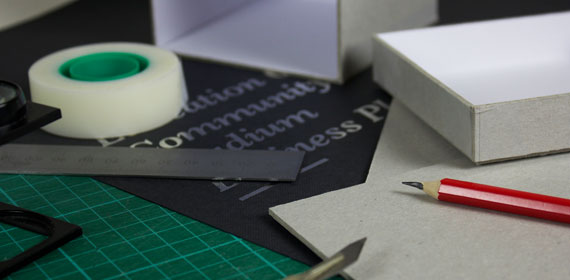
The way that you design your product packaging will have a big impact on how that product performs in a retail environment. The various elements of your packaging will represent not only your brand but the product inside, communicating vital information with your target audience about what that product can do for them.
So how can your choice of packaging design influence consumer purchasing behaviour?
Features – the features of your product packaging can highlight how unique or original your product is. For example, if packaging looks to be of a poor quality, consumers transfer that perception to the product itself, imagining this to also be of inferior quality. This could influence them to choose another brand at the point of sale, even if they had intended to buy the initial brand after seeing an advertisement prior to the point of purchase.
Information – the information contained on your packaging needs to communicate with consumers what the product is and what it can do for them. It should contain the advantages of the product and by communicating this information you may be able to sway consumers at the point of sale by presenting an advantage they can’t get from their current brand.
Convenience – convenience is a key driver in the purchasing decision process. The closer the consumer gets to the Point of Sale and the less time they have to evaluate their options, the more likely they are to opt for the most convenient product. This could simply be the one nearest to them, the one with a recognisable brand or the one whose packaging stands out in terms of colour or being a convenient size or shape to carry.
What factors do you need to consider in your packaging strategy?
Packaging has three basic elements – the visual, the structural and the informative:
Visual – graphics, logos, layout and colour combinations
Structural – size, shape and choice of material
Informative – product weight, dimension, how to use and any required health information
Visual elements can catch the eye from a distance or distract consumers from one brand to another. They may be more important for impulse buyers who are easily influenced by the visual appeal of packaging. Using bold elements or striking colour combinations can make your product stand out on the shelf.
Structural elements are an important part of the packaging design process as the size, shape and material used for your packaging will affect consumer judgement and decisions. For example, the size of the packaging will give the consumer a perception of the product size and packaging, or packaging that is made from a luxurious material will suggest that the product is of a very high quality.
Informative elements can help consumers to evaluate and compare one product to another, however when too much information is provided or the details are irrelevant it could deter the consumer altogether. Getting just the right amount of information in a clearly legible font and size is key to persuading people to choose your product.
As many products are chosen nowadays without prior planning, packaging that attracts the eye at the Point of Sale may prove popular with today’s busy, stressed shoppers. However, this is not to say that the visual elements of your packaging are the most important, just that they may be the primary criteria when making a purchasing decision at the point of sale.
Please contact us on 01256 352415 to find out how we can make your packaging work for you.

